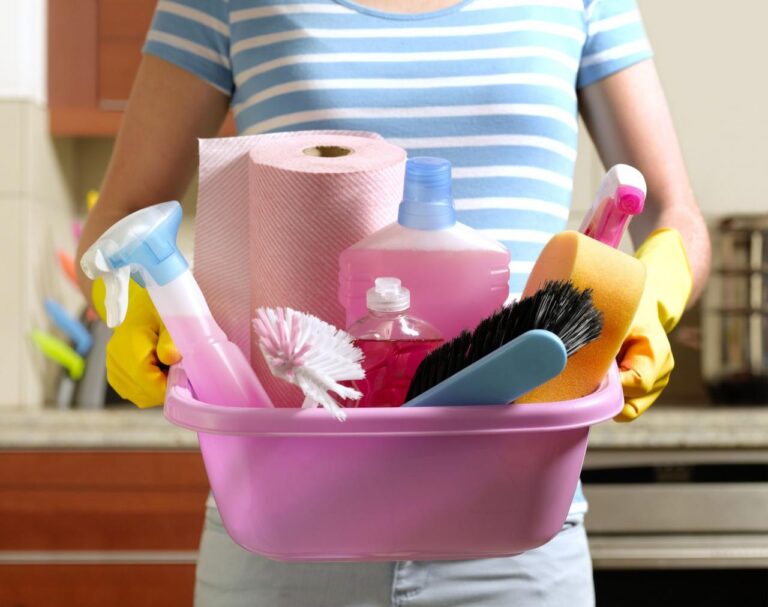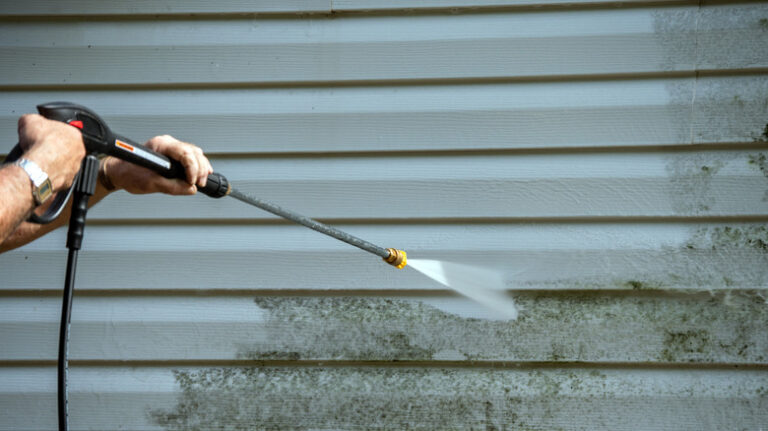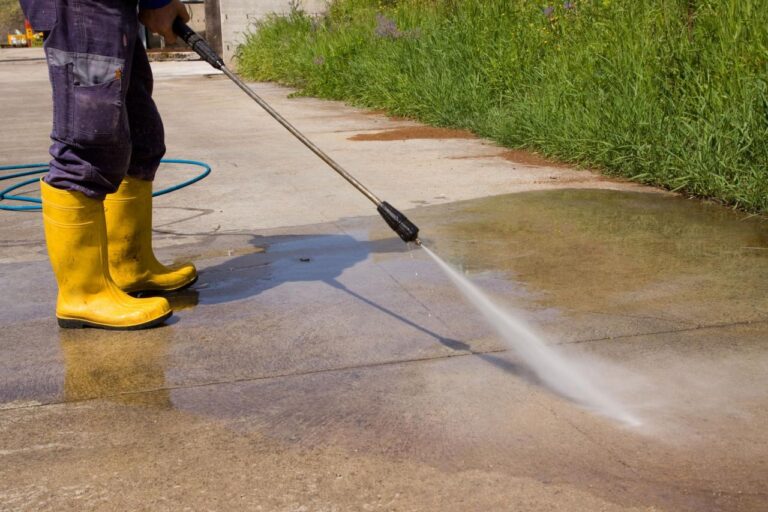Spring Cleaning Tips
Spring cleaning tips offer a pathway to a refreshed and revitalized home. This guide provides comprehensive strategies for decluttering, deep cleaning, and eco-friendly practices, transforming your living space from cluttered to comfortable. We’ll cover everything from efficiently decluttering your bedroom and kitchen to mastering deep cleaning techniques for carpets, appliances, and more. Prepare to embrace a cleaner, healthier, and more organized home this spring!
From tackling overflowing closets to banishing stubborn grease and grime, this guide provides a step-by-step approach to conquering your spring cleaning checklist. We’ll explore effective methods for various surfaces, emphasizing the importance of using appropriate cleaning agents and sustainable practices. By the end, you’ll feel empowered to tackle even the most daunting cleaning tasks with confidence and efficiency.
Decluttering Your Home
A clutter-free home is a peaceful home. Decluttering is the crucial first step in your spring cleaning journey, setting the stage for a thorough and efficient cleaning. By removing unnecessary items, you’ll not only create more space but also simplify your cleaning process significantly.
Decluttering Your Bedroom
A streamlined bedroom promotes relaxation and better sleep. Follow these steps for an efficient decluttering process:
- Sort: Divide items into three piles: Keep, Donate/Sell, and Discard.
- Purge: Ruthlessly discard items you haven’t used in a year, are broken beyond repair, or no longer serve a purpose. Be honest with yourself about what you truly need and use.
- Organize: Use drawer dividers, shelf organizers, and under-bed storage to maximize space and keep items neatly arranged. Consider vertical storage solutions to optimize space.
- Maintain: Develop a habit of regularly putting things away to prevent clutter from accumulating again. A 5-10 minute tidy-up each day can make a big difference.
Decluttering Your Kitchen
An organized kitchen is the heart of an efficient home. Efficient storage solutions are key to maximizing space and minimizing clutter.
| Item Category | Storage Location | Tips for Organization | Disposal Method |
|---|---|---|---|
| Cookware | Cabinets, drawers | Stack pots and pans neatly; use pot dividers | Donate or recycle unusable items |
| Food Items | Pantry, refrigerator | FIFO (First In, First Out) method; organized by category | Discard expired or spoiled food; compost food scraps |
| Utensils | Drawers, utensil holders | Use drawer organizers; group similar utensils together | Donate or discard broken or damaged utensils |
| Small Appliances | Cabinets, countertop | Store infrequently used appliances out of sight; group similar appliances | Donate or sell appliances in good working condition; recycle broken ones |
Before-and-After Closet Decluttering
Imagine a closet overflowing with clothes, shoes, and accessories. This is the “before” picture. After decluttering, the same closet now features neatly organized shelves with folded clothes, shoes arranged by type, and accessories stored in labeled containers. The space feels significantly larger and more manageable, reflecting a sense of calm and order. This visual transformation demonstrates the power of decluttering.
Cleaning Specific Areas
Different surfaces require different cleaning methods to ensure both cleanliness and protection. Using the appropriate cleaning agents is vital to prevent damage and achieve optimal results.
Cleaning Methods for Various Surfaces
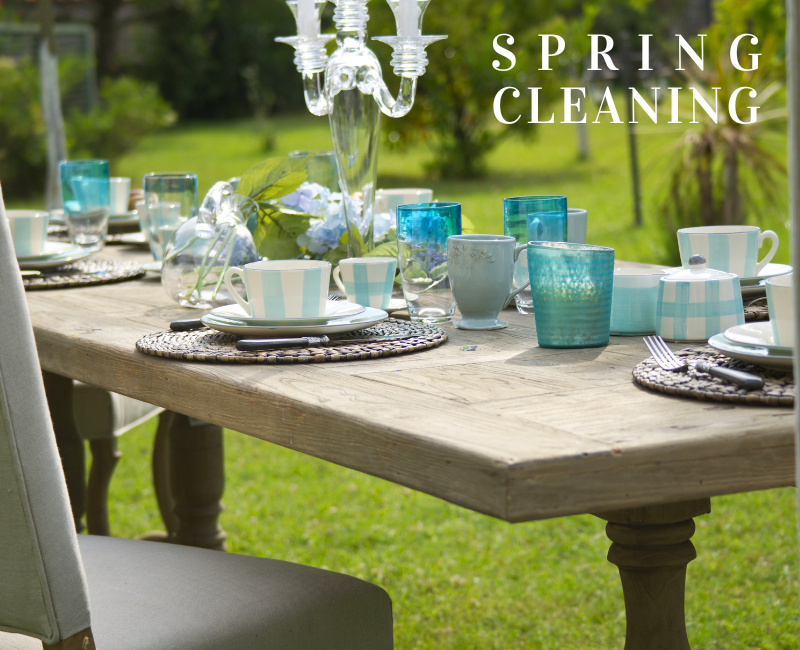
Source: co.uk
Appropriate cleaning methods are crucial for maintaining the longevity and appearance of your home’s surfaces. Always test any cleaning solution on a small, inconspicuous area first.
- Wood: Use a wood cleaner or a mixture of mild soap and water. Avoid harsh chemicals or excessive moisture.
- Glass: Clean with glass cleaner and a microfiber cloth for streak-free results. Avoid using abrasive cleaners.
- Tile: Use a tile cleaner or a solution of warm water and mild detergent. For grout, use a grout brush and appropriate cleaner.
Cleaning and Disinfecting Bathrooms and Kitchens
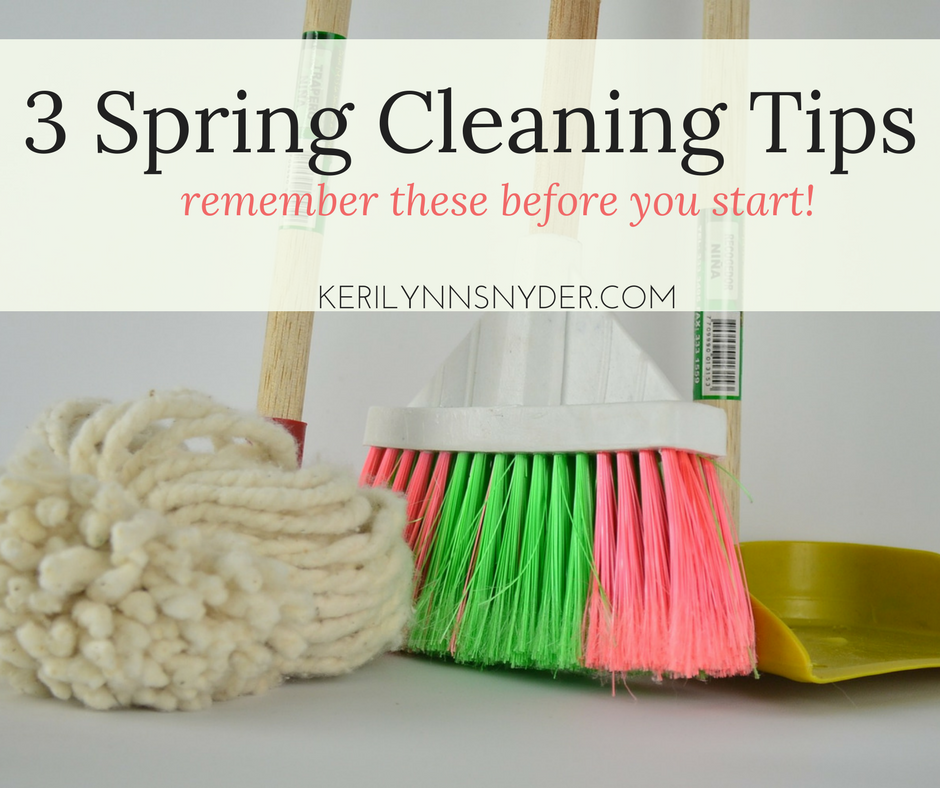
Source: kerilynnsnyder.com
Bathrooms and kitchens require thorough cleaning and disinfection to eliminate bacteria and maintain hygiene. Pay close attention to areas prone to mildew and grease buildup.
- Bathrooms: Clean toilets, sinks, and showers with disinfectant cleaner. Pay special attention to grout and caulking, using a mildew remover if needed.
- Kitchens: Clean countertops, sinks, and stovetops with a degreasing cleaner. Wipe down appliances and disinfect frequently touched surfaces.
Cleaning Supplies Checklist
Having the right cleaning supplies on hand makes the process more efficient. Organize your supplies by room for easy access.
- Bathroom: Toilet bowl cleaner, bathroom cleaner, mildew remover, scrub brushes, microfiber cloths.
- Kitchen: Dish soap, degreaser, all-purpose cleaner, sponges, microfiber cloths.
- General: Vacuum cleaner, mop, dustpan and brush, glass cleaner, all-purpose cleaner, cleaning cloths.
Laundry and Linen Care
Proper laundry care extends the life of your clothes and linens, keeping them looking their best. Efficient laundry management is also key to preventing overwhelming tasks during spring cleaning.
Washing and Drying Fabrics
Understanding fabric types and their care instructions is crucial for maintaining their quality and appearance.
- Cotton: Generally machine washable and dryable, but check care labels for specific instructions.
- Wool: Usually requires hand washing or a delicate cycle in the washing machine.
- Silk: Hand washing is recommended to prevent damage.
Organizing and Storing Linens, Spring cleaning tips
Efficient linen storage saves space and prevents wrinkles. Consider using storage solutions like linen closets, shelves, and vacuum-sealed bags.
- Folding: Fold linens neatly and stack them according to type and size.
- Storage: Store linens in breathable fabrics or containers to prevent mildew.
- Rotation: Rotate linens regularly to ensure even use and prevent wear and tear.
Laundry Schedule
A structured approach to laundry ensures efficient management during spring cleaning.
- Day 1: Wash bedding and towels.
- Day 2: Wash curtains and other window treatments.
- Day 3: Wash clothes and other textiles.
Deep Cleaning Techniques

Source: homeschoolandhappiness.com
Deep cleaning goes beyond regular maintenance, targeting areas that often get overlooked. Employing the right techniques ensures thorough cleaning and lasting results.
Cleaning Carpets and Rugs
Regular carpet and rug cleaning helps maintain their appearance and hygiene.
- Vacuuming: Vacuum regularly to remove loose dirt and debris.
- Spot Cleaning: Address spills and stains promptly using appropriate cleaning solutions.
- Deep Cleaning: Consider professional carpet cleaning for thorough cleaning and stain removal.
Cleaning Windows and Mirrors

Source: thespruce.com
Clean windows and mirrors contribute to a brighter and more inviting space. Proper techniques ensure streak-free results.
- Cleaning Solution: Use a glass cleaner or a mixture of water and vinegar.
- Application: Apply the cleaning solution to the surface and wipe with a clean microfiber cloth.
- Drying: Use a clean, dry microfiber cloth to dry the surface and prevent streaks.
Cleaning Appliances
Regular cleaning and maintenance of appliances ensure their longevity and hygiene.
- Refrigerator: Regularly clean the interior, removing expired food and wiping down shelves.
- Oven: Use an oven cleaner or baking soda paste to remove baked-on food and grease.
- Microwave: Clean the interior with a damp cloth and mild detergent.
Eco-Friendly Spring Cleaning
Adopting eco-friendly practices reduces your environmental impact while still achieving a sparkling clean home. Many natural cleaning solutions are both effective and sustainable.
Eco-Friendly Cleaning Products and Methods
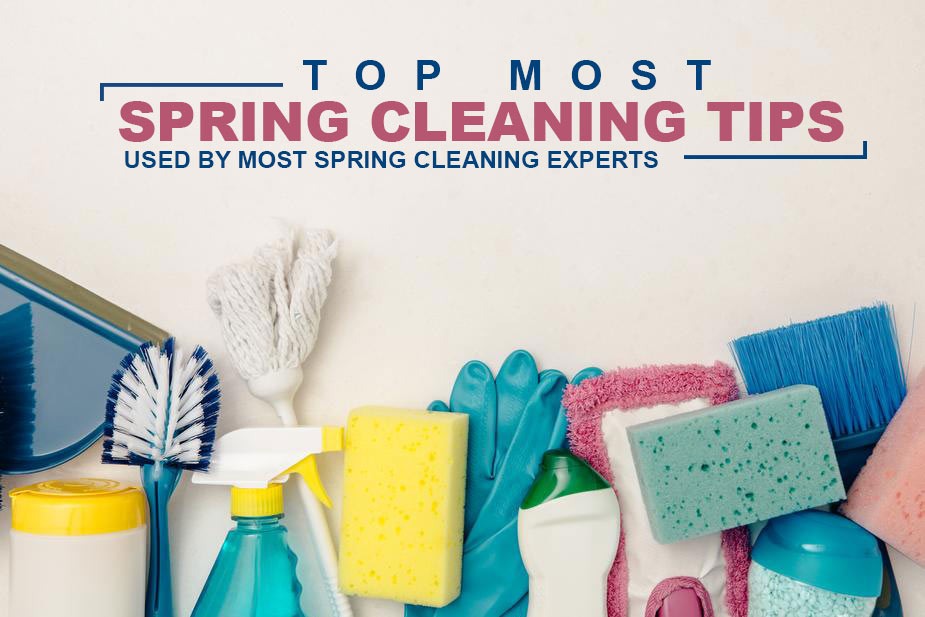
Source: com.au
Opting for environmentally friendly cleaning products minimizes your carbon footprint and promotes a healthier home environment.
- Vinegar: A versatile natural cleaner for many surfaces.
- Baking Soda: Effective for scrubbing and deodorizing.
- Lemon Juice: A natural disinfectant and deodorizer.
Benefits of Natural Cleaning Solutions
Natural cleaning solutions offer several advantages over harsh chemical cleaners.
- Effectiveness: Many natural cleaners are just as effective as commercial products.
- Cost-Effectiveness: Natural cleaners are often more affordable than commercial options.
- Safety: Natural cleaners are generally safer for your family and pets.
Reusable Cleaning Tools and Supplies

Source: santarosadentalimplants.com
Investing in reusable cleaning tools reduces waste and promotes sustainability.
| Item | Material | Use | Care |
|---|---|---|---|
| Microfiber Cloths | Microfiber | Dusting, wiping surfaces | Machine wash |
| Reusable Spray Bottles | Glass or plastic | Dispensing cleaning solutions | Hand wash |
| Scrub Brushes | Wood or recycled plastic | Scrubbing tough stains | Rinse and air-dry |
| Cotton Cleaning Rags | Cotton | General cleaning | Machine wash |
Quick FAQs: Spring Cleaning Tips
How often should I deep clean my home?
A thorough deep clean is generally recommended every 3-6 months, depending on your lifestyle and the size of your home. More frequent spot cleaning is essential to maintain cleanliness between deep cleans.
What’s the best way to remove pet hair from furniture?
Use a rubber glove, a lint roller, or a damp microfiber cloth to effectively remove pet hair from furniture. Vacuuming is also helpful, especially for upholstery.
How can I prevent mildew in my bathroom?
Ensure good ventilation, promptly wipe down surfaces after showering, and use a mildew-resistant caulk to prevent mildew growth in your bathroom.
What are some safe, natural cleaning solutions?
White vinegar, baking soda, and lemon juice are excellent natural cleaning agents that are effective and environmentally friendly. They can be used for various cleaning tasks throughout the home.

